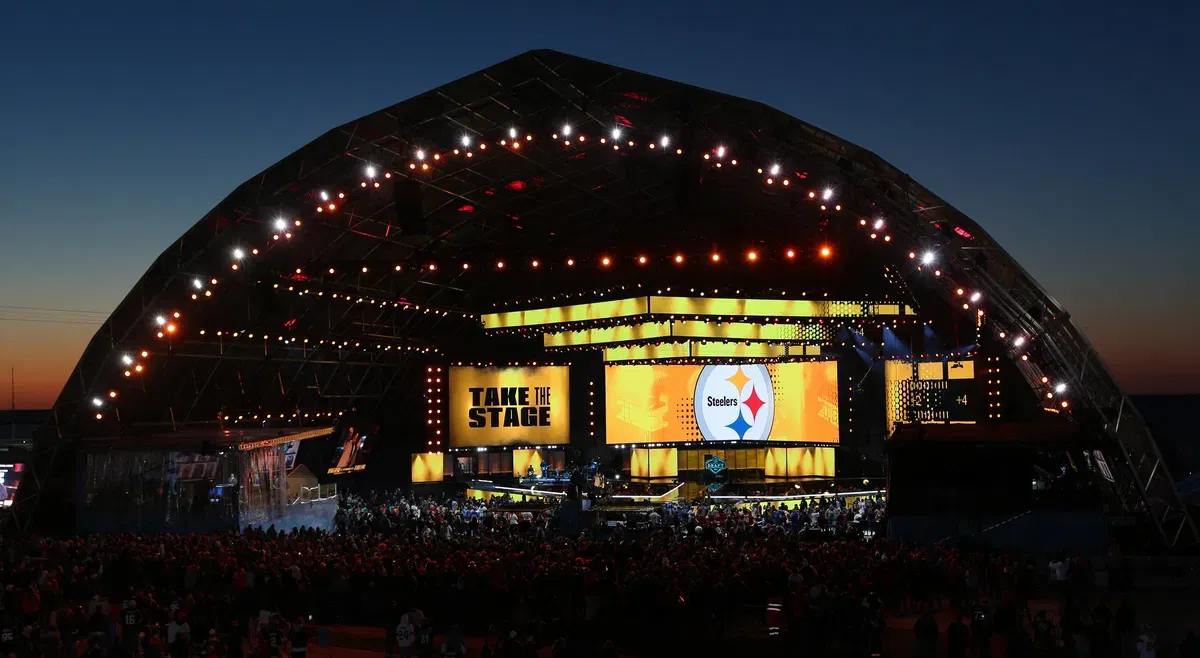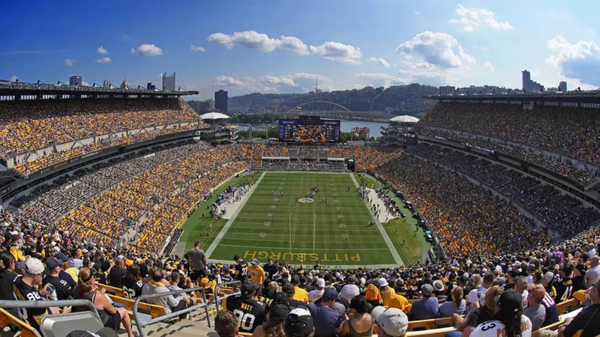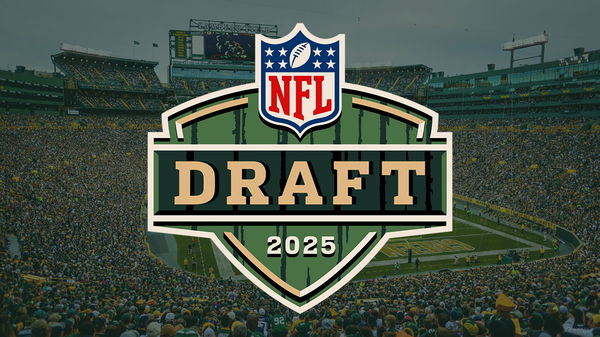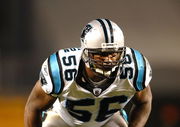

The Pittsburgh Steelers are gearing up to host one of the biggest events in sports – the 2026 NFL Draft. The city’s tourism chief, Jerad Bachar, isn’t holding back on the hype: “This is a monumental step forward in bringing the 2026 NFL Draft to life right here in the City of Champions,” he declared, promising an unforgettable showcase for football fans worldwide. The NFL’s Peter O’Reilly doubled down, teasing “an unforgettable event’ that will spotlight Pittsburgh’s passion. But behind the excitement, there’s a puzzle to solve.
Watch What’s Trending Now!
The draft won’t unfold in one central hub. It’ll stretch across the North Shore, Point State Park, and Acrisure Stadium, with the mighty Allegheny River slicing through the action. And that’s not the only hurdle. While planners promise a seamless experience, whispers about real challenges are bubbling up – from moving massive crowds to fixing a problem that’s been tripping up local businesses for years. Turns out, pulling off this spectacle might require more than just Pittsburgh Steelers pride. Steel City’s already making its first big move. And it starts with the smallest businesses. Pittsburgh is tearing down red tape just in time for its biggest spotlight in years.
City officials unveiled sweeping changes Tuesday to fix what Monica Bender from Permits & Licenses calls “very complex and confusing regulations” that have long choked local vendors. The current rules? A mess. Food trucks get trapped playing musical chairs with parking spots every four hours, while permanent sellers need the City Council’s blessing just to set up shop.
ADVERTISEMENT

ADVERTISEMENT
But here’s the game-changer. The new proposal lets vendors plant roots in parking lots, vacant spaces, and business districts without jumping through endless hoops. Except downtown and in parks. No more forced moves. Later hours. Even grants to help carts grow into storefronts. “The intention is for this to be permanent,” stressed city planner Andrew Dash, eyeing April 2026 when 500,000+ NFL Draft fans flood the city.
Not everyone’s sold. Commissioner Dina Blackwell frets about late-night mess and safety. Meanwhile, Planning Commissioner Phillip Wu – a vocal advocate for small businesses – sees gold in greasy spoons. He’s pushing for food truck hubs to revive dead zones, just like Columbus did. With a vote looming, Pittsburgh’s gamble is clear: Streamlined rules for hot dog carts and taco trucks could win over both tourists and locals.
ADVERTISEMENT
But there’s another hurdle Pittsburgh didn’t see coming – how to connect a draft party sliced in half by the Allegheny River.
The river divide: Pittsburgh Steelers’ draft dilemma
Pittsburgh’s 2026 NFL Draft isn’t just another football event – it’s a logistical tightrope walk no city has ever attempted. For the first time, the draft’s main stage will straddle two sites split by the Allegheny River: the North Shore’s Acrisure Stadium and Downtown’s Point State Park. “How do we deal with parking? How do we get people from place to place?” admits Troy Schooley, CEO of event planners P3R, voicing the elephant in the room.
ADVERTISEMENT
This challenge could only happen in Pittsburgh. When legendary journalist Ernie Pyle called it “the cockeyedest city in the United States.” He might as well have been predicting this NFL Draft headache. Picture it: a football spectacle split by the Allegheny River, with planners scratching their heads over shuttles, bridges, and water taxis. The solution? A 20-person team from Pittsburgh already hit up Green Bay’s draft this April to scout ideas, according to Visit Pittsburgh’s Jerad Bachar. Because if anyone can solve a puzzle this Pittsburgh-weird, it’s Pittsburghers.

ADVERTISEMENT
Here’s what we know: The NFL plans to flood both riverbanks with football fever. Pop-up stages. Local vendors. Even fireworks on the final night to reward patient locals enduring the chaos. But the real test? Moving 300,000+ fans across a river without gridlock. “We want to thread [Pittsburgh’s culture] through as many production elements as we can,” says the NFL’s Ashley Hamilton. But threading crowds might be harder.
Top Stories
Kansas City Reporter Erupts Against Travis Kelce for Choosing $100 Million Podcast Over Chiefs

Former Rams & Panthers Star Arrested for Burglary in Mississippi

Former Dallas Cowboys QB Offers to Unretire for Colts With Strong Comments on Philip Rivers

NFL Makes Decision Against Joe Burrow & Bengals With Week 16 Announcement

Matthew Stafford Announces Immediate Plans on Retirement as Big Ten QB Identified for Rams

Safety looms large, too, especially after Kansas City’s 2024 parade shooting. Schooley insists they’re ready: 140 local groups are collaborating, 3,000 volunteers will be recruited, and every public safety agency from the city to the state is looped in. “We’re very confident,” he says, though the unspoken truth is clear: Pittsburgh’s steep streets, limited bridges, and notorious parking gaps won’t make it easy.
ADVERTISEMENT
For Bachar, this is about more than three days of TV highlights. With tourism already hitting $6.8 billion last year, the draft could cement Pittsburgh as a go-to for mega-events. “Pittsburgh is now on their radar,” he said. But first, they’ve got to prove a river isn’t a dealbreaker.
ADVERTISEMENT
ADVERTISEMENT
ADVERTISEMENT

